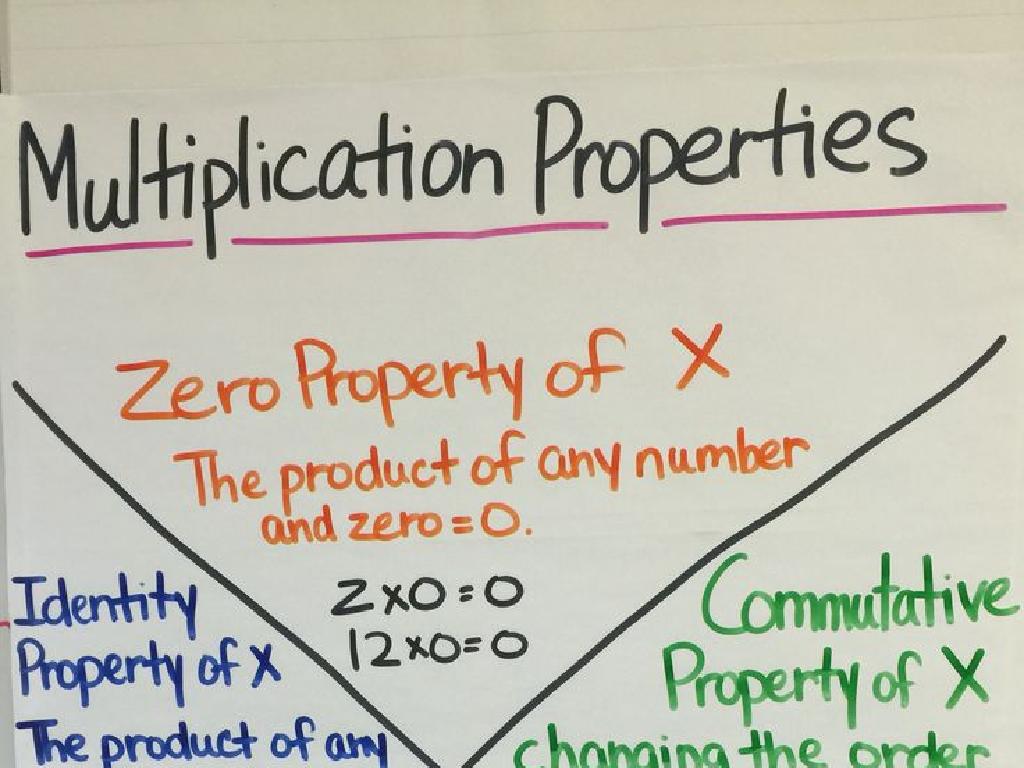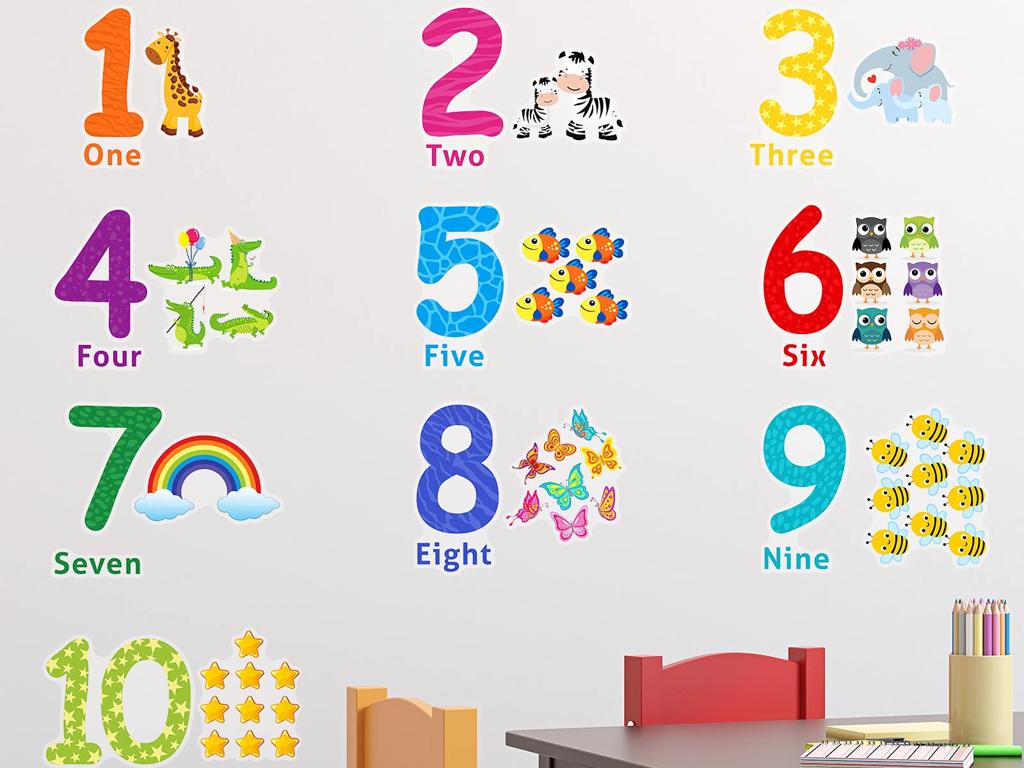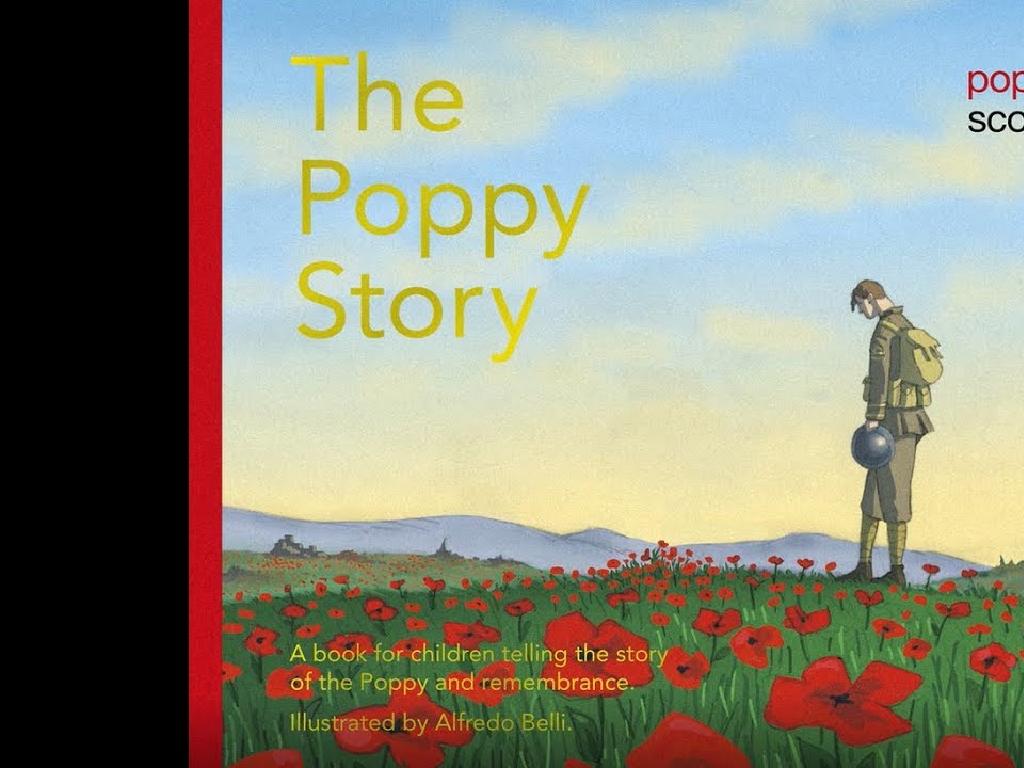Compare Ancient And Modern Organisms: Use Observations To Support A Hypothesis
Subject: Science
Grade: Fifth grade
Topic: Fossils
Please LOG IN to download the presentation. Access is available to registered users only.
View More Content
Welcome to the World of Fossils!
– What are fossils?
– Remains or traces of ancient life found in rocks
– Fossils’ significance
– Fossils show how life has changed over time
– Comparing organisms
– Observe differences and similarities between past and present life-forms
– Forming a hypothesis
– Use observations to make educated guesses about ancient life
|
This slide introduces students to the concept of fossils and their importance in understanding the history of life on Earth. Fossils, which are the preserved remains or traces of organisms from the past, provide a window into what life was like long ago. They help scientists compare ancient and modern organisms, allowing us to see how species have evolved over time. Today’s goal is to teach students how to use observations of fossils to support hypotheses about how ancient organisms lived and how they relate to modern species. Encourage students to think like scientists and use critical thinking to analyze the evidence provided by fossils.
Exploring Fossils: Ancient Clues
– What exactly is a fossil?
– Fossils are remains of ancient life preserved in rock.
– Types: Body vs. Trace fossils
– Body fossils: actual parts; Trace fossils: footprints, burrows, etc.
– Fossilization: How fossils form
– Layers of sediment cover remains, which turn into rock over time.
– Fossils as evidence of past life
|
Begin with a clear definition of fossils, emphasizing that they are the preserved remains or traces of ancient organisms. Differentiate between body fossils, which are actual parts like bones or leaves, and trace fossils, which include footprints, burrows, or even poop! Explain the fossilization process in simple terms: organisms get buried by sediment, and over time, the sediment turns into rock, preserving the organism’s shape. Highlight that fossils provide evidence of what life was like long ago and can help us understand how modern organisms evolved. Encourage students to think of fossils as a puzzle piece in the story of Earth’s history.
Exploring Ancient Organisms Through Fossils
– Traits of ancient life forms
– Dinosaurs had scales and laid eggs
– Examples of ancient organisms
– Dinosaurs like T-Rex, plants like ferns
– Ancient habitats and ecosystems
– Dinosaurs roamed vast forests and plains
– Fossils teach us about the past
– Fossils show physical structures and can indicate behaviors
|
This slide aims to give students an understanding of the characteristics of ancient organisms, with a focus on dinosaurs as a prime example. Discuss the physical traits that set these creatures apart, such as scales and egg-laying habits. Provide examples of well-known dinosaurs and ancient plants, and describe the environments they lived in, like lush forests or wide plains. Explain how fossils, which are preserved remains or traces of ancient life, serve as a window into the past, allowing us to learn about the physical structures and possible behaviors of these organisms. Encourage students to think about how different the world was millions of years ago and how fossils provide evidence to support scientific hypotheses about ancient life.
Comparing Ancient and Modern Organisms
– Modern organisms’ characteristics
– Traits like size, color, and shape
– Adaptations through evolution
– Changes for survival over time
– Ancient vs. Modern descendants
– How have animals like sharks changed?
– Hypothesis support with observations
– Use evidence to back up theories
|
This slide aims to help students understand the characteristics that define modern organisms and how they have adapted and evolved from their ancient ancestors. Discuss traits such as size, color, and shape, and how these may have changed over time to improve an organism’s chances of survival. Compare ancient organisms to their modern descendants, using sharks as an example, to illustrate how some species have remained relatively unchanged while others have undergone significant evolution. Encourage students to use observations from fossil records and modern-day species to support hypotheses about these evolutionary changes. The goal is to foster critical thinking and understanding of the scientific method in observing, hypothesizing, and concluding based on evidence.
Observations & Hypotheses in Fossil Study
– Understanding observations
– Observation: Noticing details about organisms
– Grasping the hypothesis concept
– Hypothesis: A scientific guess based on observations
– Observations lead to hypotheses
– Use fossil traits to guess about ancient life
– Comparing ancient and modern life
– How are dinosaur fossils similar to birds today?
|
This slide introduces the scientific concepts of observation and hypothesis, which are critical in studying fossils and understanding the evolution of life. Observations involve carefully noticing and recording details about organisms, both living and extinct. A hypothesis is a scientific guess that can be tested and is based on these observations. Students should learn how to use observations of fossils to form hypotheses about ancient organisms and their relationships to modern species. For example, by observing the skeletal structures of dinosaur fossils, students might hypothesize a connection to the structure of modern birds. Encourage students to think critically about the similarities and differences they observe and to consider how these observations support their hypotheses.
Fossils: Ancient vs. Modern Organisms
– Similar traits in ancient & modern life
– Look at bones, shapes, sizes in fossils and today s animals
– Differences highlight evolution
– Changes in traits over time suggest adaptation and natural selection
– Case study: Horse evolution
– From small, multi-toed ancestors to large, single-toed modern horses
– Observations support hypotheses
|
This slide aims to help students compare and contrast ancient and modern organisms, using fossils as a key tool. By examining similarities, students can infer traits that have been conserved over time. Differences, on the other hand, can provide insights into how species have adapted and evolved. The case study of the horse’s evolution is particularly illustrative, showing clear changes from ancient, small, multi-toed ancestors to today’s larger, single-toed horses. Encourage students to think like scientists and use observations to support or refute hypotheses about how organisms have changed over time.
Fossil Evidence: Ancient vs. Modern Organisms
– Paleontologists’ use of fossils
– They study fossils to understand past life and support their hypotheses about how organisms have changed.
– Interpreting fossil evidence
– Looking at fossils helps us learn about ancient organisms’ appearance, behavior, and environment.
– Examining fossil replicas
– Students will handle replicas of fossils to observe details like shape, size, and texture.
– Making observations to support hypotheses
– Use observations from replicas to form hypotheses about the organisms, such as their diet or habitat.
|
This slide introduces students to the role of fossils in studying ancient organisms and how they compare to modern ones. Paleontologists rely on fossils to form and support hypotheses about the evolution of life on Earth. Students will learn how to interpret fossil evidence by examining characteristics that give clues about ancient life. The class activity involves hands-on examination of fossil replicas, encouraging students to make detailed observations. These observations will then be used to support hypotheses about the organisms’ characteristics and lifestyles. Teachers should prepare different fossil replicas for the activity, guide the students on how to make and record observations, and help them formulate hypotheses based on their findings.
Class Activity: Fossil Investigators
– Role-play as paleontologists
– Examine fossil replicas
– Observe details like shape, size, and patterns
– Compare fossils to modern organisms
– Look for similarities and differences in features
– Form and share hypotheses
– Use observations to infer relationships
|
In this engaging class activity, students will step into the shoes of paleontologists, examining fossil replicas and modern organism samples to draw connections between ancient and present-day life forms. Provide a variety of fossil replicas and corresponding modern organism samples for students to compare. Encourage them to note similarities and differences in physical characteristics, which will serve as the basis for their hypotheses on evolutionary relationships. After the examination, students will formulate and share their hypotheses with the class, fostering a discussion on the evidence supporting their ideas. Possible activities include comparing plant fossils to current plants, examining the skeletal structure of dinosaurs versus birds, or looking at ancient sea creature fossils alongside modern marine life. This activity aims to develop critical thinking and observational skills while reinforcing the concept of evolution.





